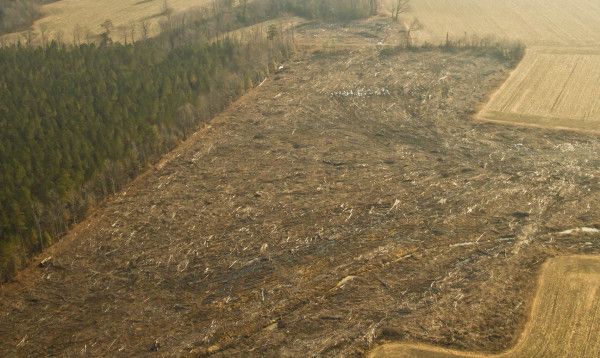
The Internet is captivated by the Hays bald eagle family nesting on a wooded hillside in Pittsburgh. Their nest is protected by the Pennsylvania Game Commission and worldwide media attention, but what happens to nests that aren’t so famous? Here’s the story of an unexpected consequence of removing bald eagles from the federal endangered list.
For 40 years bald eagles were completely protected by the Endangered Species Act (ESA) and everyone understood not to harm them. By 2007 the birds made such a great recovery that they were removed from the federal ESA listing. Fortunately they are still protected by a law of their own, the Bald and Golden Eagle Protection Act that protects eagles, their eggs and their nests.
The Center For Conservation Biology (CCB) in Williamsburg, Virginia monitors bald eagle nests in the Chesapeake Bay area where 75% of the nests are on private land. Each spring they fly over the watershed twice: once to count occupied nests, later to count chicks. Last month CCB reported what they’ve found after 6+ years without ESA protection: a real increase in the number of eagle nest trees cut down.
Bald eagles use same the nest for many years so when CCB flies over the area in early March, they look for known as well as new nests. Increasingly they find former nest trees are gone, cut down when an area is wiped out by a large logging operation like the one above.
Private landowners apparently don’t realize the Eagle Act protects the nest, so the well-publicized de-listing of the bald eagle has lead to an unintended consequence: disregard for the eagles’ habitat and nest trees. CCB points out that education of landowners is sorely needed.
Click on the photo above to read the full story at The Center For Conservation Biology.
(photo of a clearcut along the Rappahannock River in Virginia, linked from The Center For Conservation Biology blog. Click on the image to read the article)